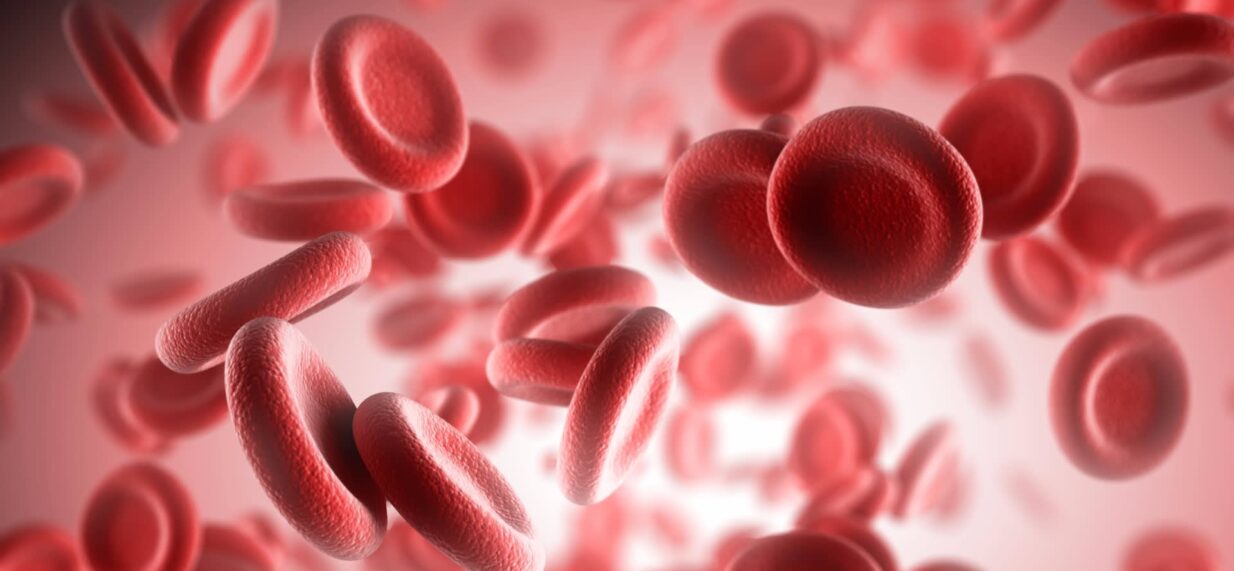
Doctors across Asia Pacific will now have access to gold-standard clinical practice guidelines on haemochromatosis thanks to a collaboration between GMRF researchers and leading experts.
The guidelines were developed to assist clinicians in the management of patients with haemochromatosis, a condition where too much iron is absorbed and stored in the body, leading to iron overload.
Hereditary haemochromatosis (inherited iron overload disorder) is the most common genetic disorder in Australia. About 1 in 200 people of northern European origin have the genetic risk for haemochromatosis. Although the condition is uncommon in parts of Asia and the Pacific, the biochemical indices used to evaluate iron overload are frequently elevated due to other causes and this can result in diagnostic confusion and inappropriate treatments.
Therefore, it is crucial for clinicians supporting these populations to have access to all the latest information about interpretation of laboratory tests of iron status, the disease and treatment options.
Recently, a group of six doctors around Australia, led by GMRF’s Director of Research, Professor Darrell Crawford, developed the Clinical Practice Guidelines for Haemochromatosis. These guidelines are key to assisting clinicians who are unfamiliar with the disease in the management of patients with haemochromatosis.
The guidelines provide background information on the disease itself, and include recent research and potential recommendations to guide treating clinicians on how to get the best outcome for their patients.
The guidelines help answer questions around:
- Screening for haemochromatosis
- Genetic testing
- Patient management
- Dietary modifications
- Suitability for liver transplantation
- Haemochromatosis and pregnancy.
“It is critical that we share this knowledge to help people across Asia Pacific, and other regions of the world. We know that, although it’s not as common, there are certain variations of the disease in Asian countries where hepatologists could be less likely to know how to manage these patients,” Professor Crawford said.
“Having this opportunity to collaborate with other experts including Dr Ramm, Dr Bridle, Dr Nicoll, Dr Delatycki and Dr Olynyk was truly beneficial in having a comprehensive perspective on the treatment of haemochromatosis – together we have years of experience and are some of the foremost hepatologists and hepatology researchers in the world.”
Co-authors of these Guidelines are affiliated with the following organisations:
- The University of Queensland
- QMIR Berghofer, Queensland
- Eastern Health, Victoria
- Monash University, Victoria
- Murdoch Children’s Research Institute, Victoria
- The University of Melbourne, Victoria
- Victorian Clinical Genetics Services
- Fiona Stanley Hospital, Western Australia
- Edith Cowan University, Western Australia
Learn more about our Liver Research Unit

